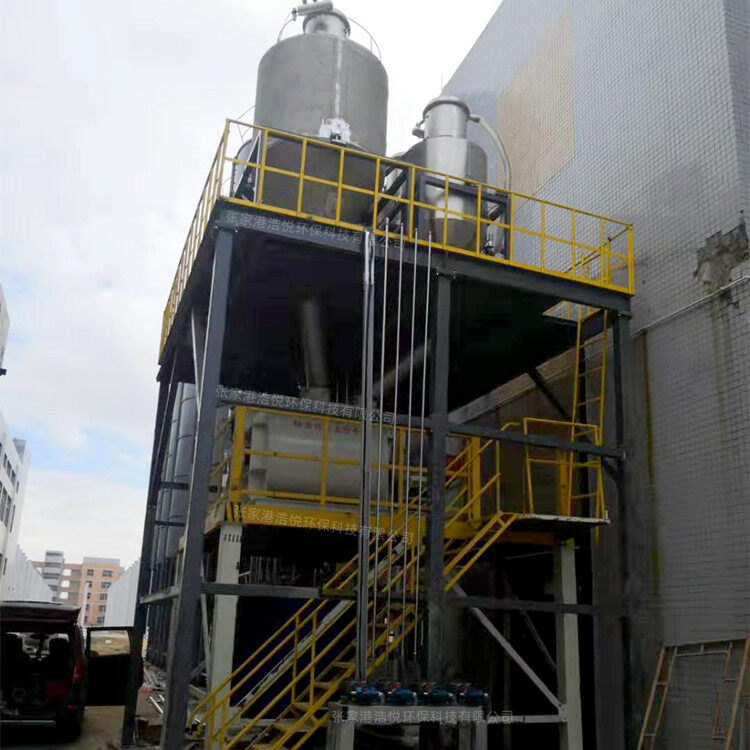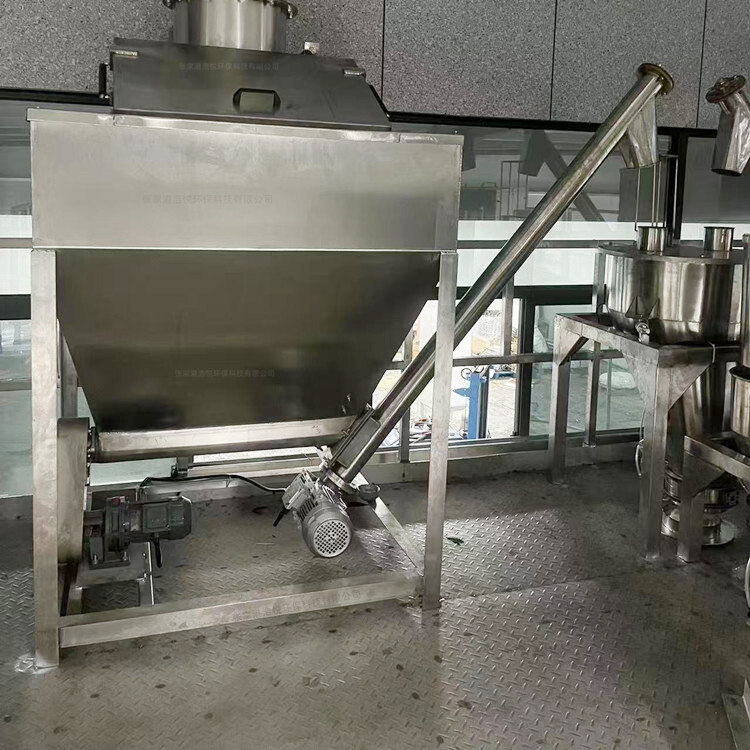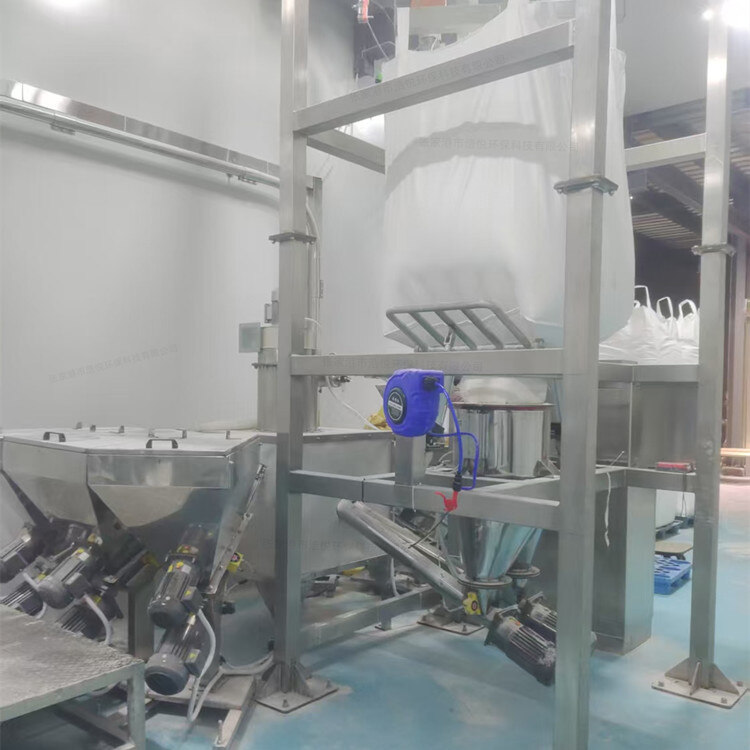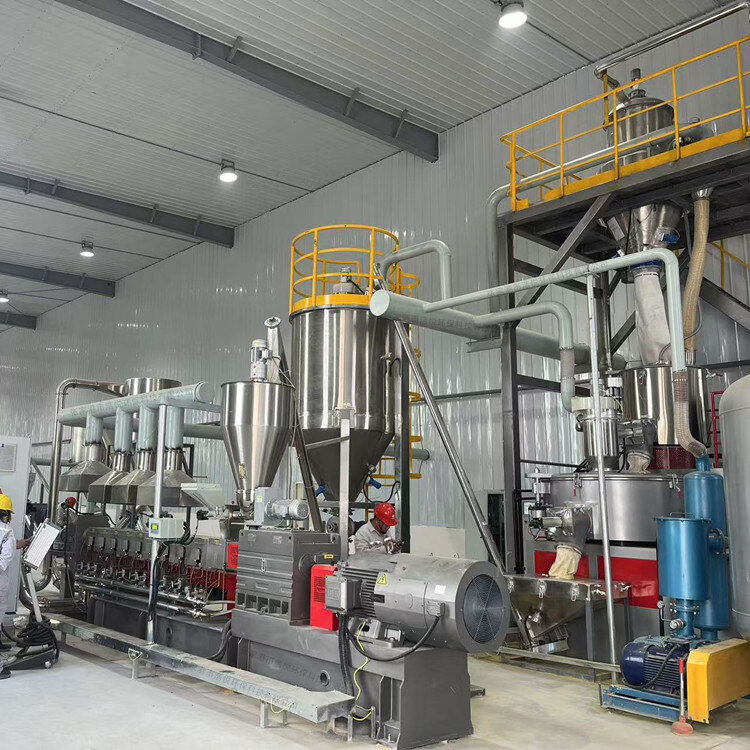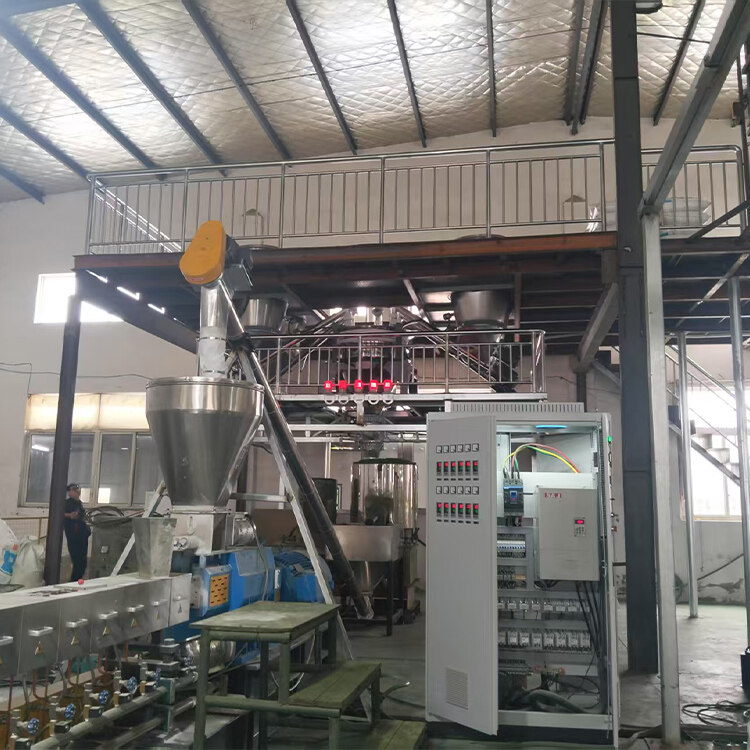- Introduction to automatic batching machine and fully automatic batching machine equipment
- The powder metering system tells you about the introduction of the mixing and drying machine
- 1000kg vacuum feeding machine
- Fully automatic small material batching system
- Research on Innovation of Automatic Weighing Machine Technology
- Design and operation of automatic batching system using PLC, industrial computer and frequency converter
Automatic feeding system for fireproof board raw materials
- Category:Automatic metering and conveying equipment
- Hits:120次
- Release Date:2025-06-30
- Share:
- Inquiry
- Details
In modern industrial production processes, from precise proportioning of chemical raw materials to the transportation of food and beverage raw materials, the conveying and ingredient system runs through the key links of material processing. This system combines material transportation with precise proportioning function, and through automation and intelligent technology, achieves efficient flow and precise delivery of materials from storage to production, providing strong support for enterprises to improve production efficiency and ensure product quality stability. The following will provide a comprehensive and in-depth introduction to the conveying and batching system from the aspects of system architecture, working principle, core advantages, application scenarios, and development trends.
1、 System core composition architecture
The conveying and batching system mainly consists of five modules: material storage unit, precision measuring unit, intelligent conveying unit, central control unit, and auxiliary support unit. Each part works together to form a complete automated production system.
(1) Material storage unit
This unit serves as the initial storage area for materials and adopts differentiated design based on material characteristics. For granular materials such as grains, sand and gravel, sealed silos are often used for storage, and level sensors are equipped to monitor inventory in real time. When the material falls below a set threshold, an automatic alarm is triggered to prompt replenishment; Powdered materials such as cement and carbon black are stored in negative pressure silos with dust removal devices to prevent dust from escaping; Liquid materials are stored in tanks with temperature control and mixing functions to ensure uniform and stable composition. Different material warehouses are independently partitioned to effectively avoid cross contamination.
(2) Precision measurement unit
The measuring unit is the core of achieving precise batching, and multiple measuring methods are adopted according to the material form and production requirements. For granular and powdered materials, common measuring equipment includes weight loss scales and spiral scales. By monitoring the weight changes of the materials in real time and controlling the speed of the conveying equipment, the measuring accuracy can reach ± 0.5%; Liquid materials often use volumetric metering pumps and mass flow meters, which can achieve precise addition of small amounts with errors controlled within ± 0.1%; For block materials, precise weighing of single or multiple pieces of material can be achieved through a high-precision weighing platform combined with a robotic arm for grasping.
(3) Intelligent conveying unit
The conveying unit is responsible for safely and efficiently transporting the measured materials to the target location. Select the appropriate conveying method based on material characteristics: Powdered materials are often transported using pneumatic conveying or vacuum feeding systems, transported through closed pipelines to prevent dust leakage; Granular materials are transported using mechanical conveying equipment such as belt conveyors and chain plate conveyors; Liquid materials are pumped through corrosion-resistant pipelines and metering pumps. During the transportation process, metal detection and foreign object interception devices are installed to prevent impurities from entering the production process, and the pipeline adopts a quick disassembly design for easy cleaning and maintenance.
(4) Central control unit
Using PLC (Programmable Logic Controller) or industrial computer as the core, combined with customized control software and human-machine interaction interface (HMI). The operator inputs the production formula through HMI, including parameters such as material type, ratio, feeding sequence, and time. The system automatically controls the discharge of material storage units, the start and stop of measuring units, and the operation of conveying units according to preset programs. During operation, real-time sensor data is collected from each link, and the actual values are compared with the set values. Once a deviation occurs, the equipment parameters are automatically adjusted to achieve closed-loop control. In addition, the control system also has fault diagnosis, alarm prompts, and data recording functions, which facilitate production management and equipment maintenance.
(5) Auxiliary support unit
The auxiliary unit includes a dust removal system, an automatic cleaning device, and safety protection equipment. The dust removal system is equipped with dust collection ports in the material storage, metering, and conveying processes, which are combined with efficient dust collectors to reduce the concentration of dust in the workshop; The automatic cleaning device regularly cleans the conveying pipeline and measuring equipment to prevent material residue and cross contamination; Safety protection equipment such as emergency stop buttons, overload protection devices, leakage monitoring devices, etc., comprehensively ensure the safety of equipment and personnel.
2、 Working principle and process
When the operator inputs the production instruction in the central control unit, the system starts according to the preset program. Firstly, the feeding device of the material storage unit transports the material to the precise measuring unit, which accurately weighs or measures the material based on the set weight or volume value. For example, under the action of a weight loss measuring scale, powdered materials are fed by a spiral feeder while the weighing sensor monitors the weight change of the silo. When the set value is reached, the feeding is stopped. After the measurement is completed, the intelligent conveying unit transports different materials to the target position in the set order and time, such as reaction kettle, mixer or production line workstation. Throughout the entire process, the central control unit continuously monitors the data of each link. In case of any abnormalities (such as excessive weighing deviation or transportation blockage), an alarm is immediately triggered and measures are taken to ensure the smooth completion of ingredient transportation. After the task is completed, the system records data to provide a basis for quality traceability and process optimization.
3、 Core technological advantages
(1) High precision proportioning and conveying
Through advanced sensor technology and intelligent algorithms, we overcome the influence of material characteristics and environmental factors on measuring and conveying, achieve high-precision proportioning and stable conveying of various materials, significantly improve product quality stability, and reduce defect rates.
(2) Full process automation
Realize fully automated operations from material storage, measurement to transportation, significantly reducing operation time and improving production efficiency. The system can seamlessly integrate with upstream and downstream equipment, achieving continuous production and effectively reducing labor costs and intensity.
(3) Flexible production adaptability
Support the storage and quick switching of multiple formulas to meet the production mode of multiple varieties and small batches. Customized design can be carried out according to different industries and material characteristics to meet diverse production needs.
(4) Digital Management and Analysis
Automatically record the type, quantity, and delivery time of materials produced in each batch, and generate detailed reports. Enterprises optimize production processes and predict equipment maintenance cycles through data analysis, providing strong support for production decisions.
4、 Application scenarios
(1) Food and beverage industry
In beverage preparation, accurately measure water, juice concentrate, sweeteners and other raw materials, and transport them to the mixing equipment to ensure consistent taste and quality of the beverage; In the production of baked goods, precise proportioning and transportation of materials such as flour, sugar, yeast, etc. are achieved to improve the product qualification rate.
(2) Chemical industry
Accurately control the ratio and transportation of resin, solvent, pigment and other raw materials in the production of coatings and inks to improve product performance; In the field of petrochemicals, precise delivery of catalysts and additives optimizes chemical reaction efficiency and product quality.
(3) Pharmaceutical industry
Meet the requirements of GMP (Good Manufacturing Practice), accurately measure active ingredients, excipients and other materials of drugs, and safely transport them to production equipment to prevent cross contamination and ensure drug quality and safety.
(4) Building materials industry
In the production of cement and concrete, precise control of the ratio and transportation of materials such as cement, sand and gravel, additives, etc., optimization of production processes, and improvement of the strength and durability of building materials products.
5、 Development Trends
In the future, the conveying and batching system will develop towards intelligence, integration, and green direction. In terms of intelligence, artificial intelligence and machine learning algorithms are introduced to enable the system to have self-learning and adaptive capabilities, automatically optimizing production parameters; In terms of integration, it deeply integrates with the enterprise's ERP (Enterprise Resource Planning) and MES (Manufacturing Execution System) to achieve collaborative management of production planning, material inventory, and conveying ingredients; Greening is reflected in reducing energy consumption, reducing dust emissions, and using environmentally friendly materials, promoting sustainable development of the industry through optimized system design. Meanwhile, with the development of industrial Internet of Things, remote monitoring and fault warning functions of devices will further enhance the efficiency of system operation and maintenance.



